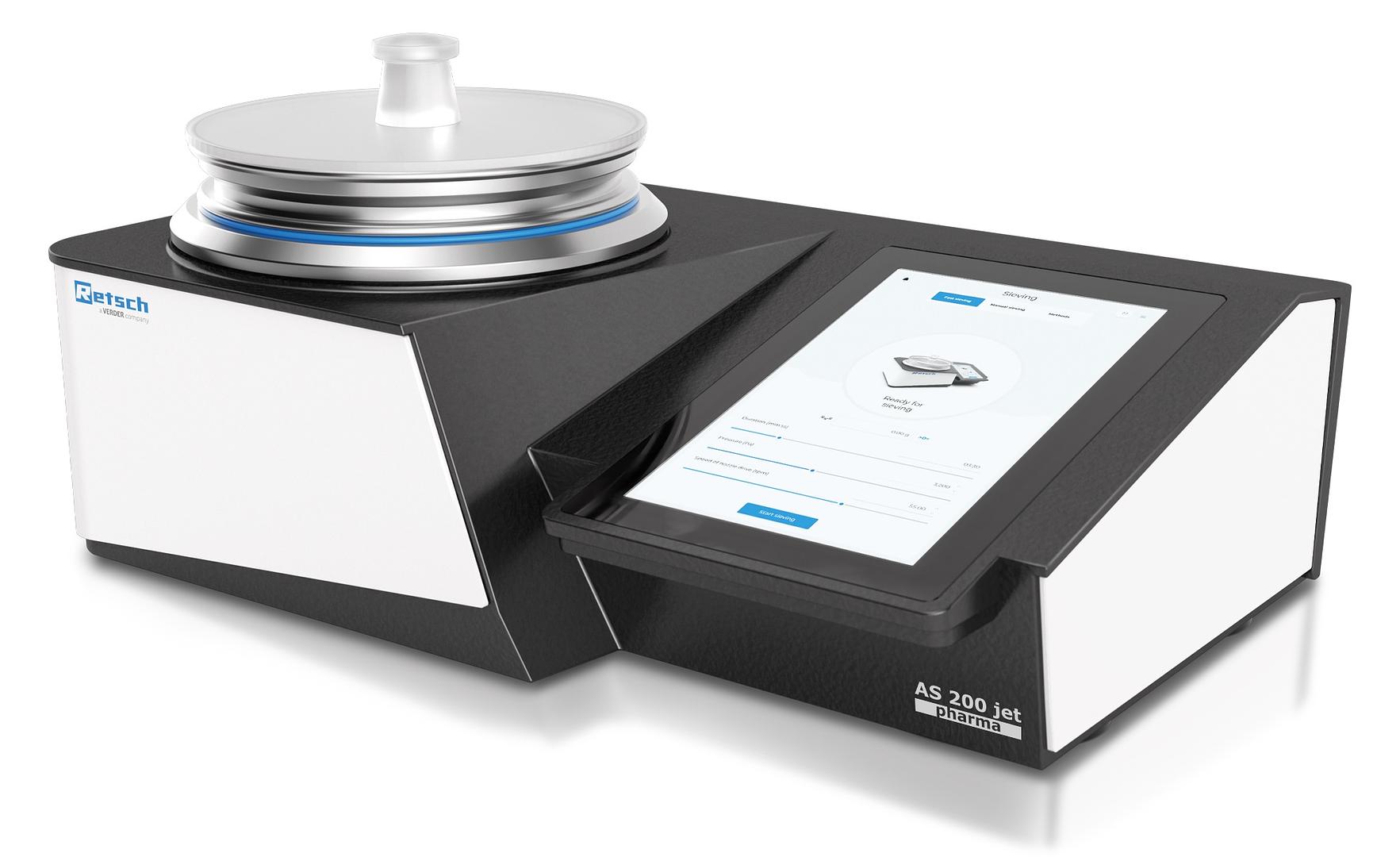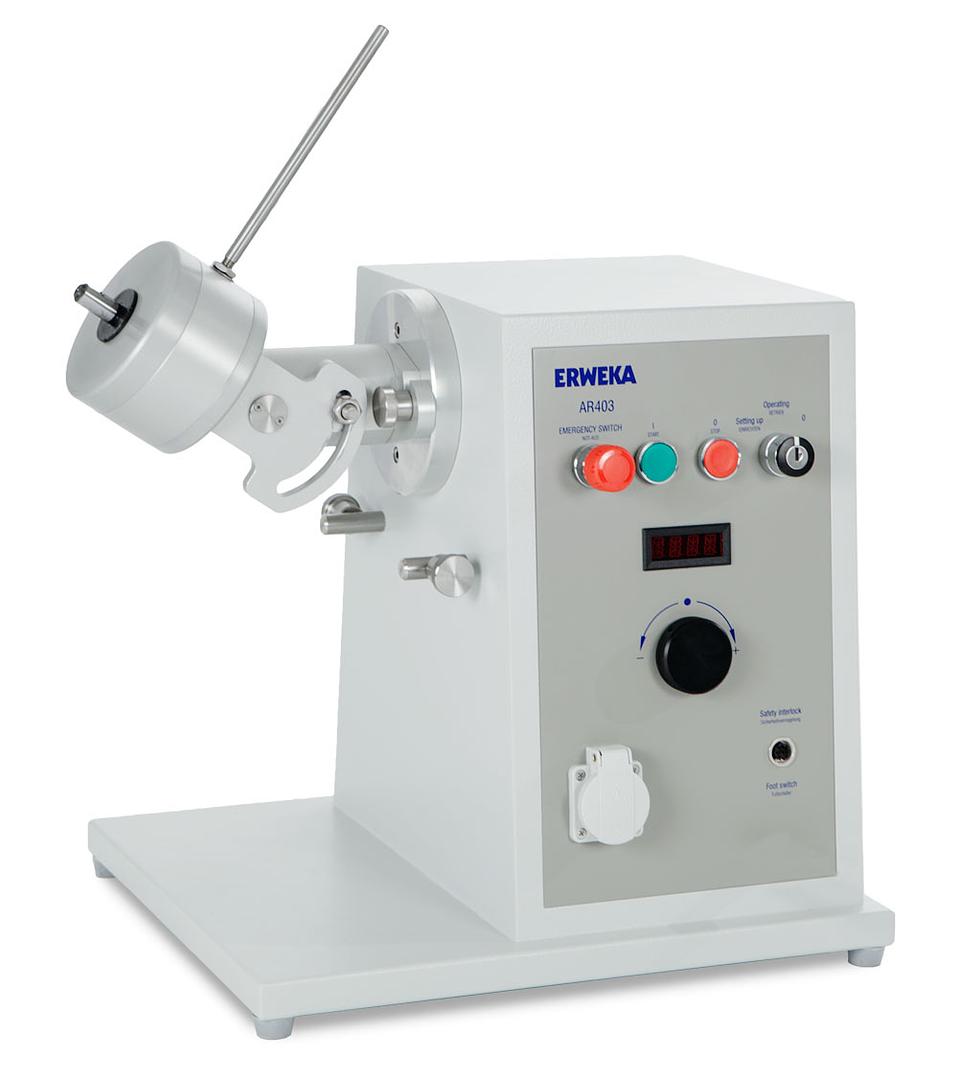
In pharmaceutical R&D, the distance between an idea and a viable formulation is often defined by small details – particle size, powder flow, mixing consistency, or granule strength. These factors determine not only whether a formulation works, but also how easily it can be scaled, validated, and reproduced. Yet, many labs still struggle with two persistent issues: the difficulty of accurately characterizing fine powders and the lack of flexible, small-scale process equipment that mirrors production-level behavior.
The Challenge of Particle Size Analysis
Fine powders are notoriously unpredictable. They clump, charge, and behave differently depending on humidity, processing, and handling. When particle size data isn’t reliable, formulation work can quickly stall – especially when trying to establish relationships between particle size distribution, dissolution rate, and compressibility.
Traditional sieve analysis methods, while well-understood, often fall short when working with light or cohesive powders. Static sieving can lead to inaccurate results due to agglomeration or incomplete dispersion. Researchers need an approach that can separate particles cleanly without excessive manual handling – one that produces reproducible, traceable data suitable for method development and regulatory submission.
Air-Jet Sieving as a Solution

Air-jet sieving systems such as the RETSCH AS 200 Jet Pharma address this specific pain point. Instead of relying on mechanical shaking, a controlled stream of air passes through the sieve, efficiently dispersing fine particles and reducing agglomerates. This approach improves accuracy and shortens analysis time, which is critical when multiple batches or formulations must be screened daily.
Because the AS 200 Jet Pharma integrates weighing and evaluation into a single process, it minimizes handling steps – a common source of variability. For R&D teams working in regulated environments, the system’s built-in data management and compliance features (21 CFR Part 11, GMP Annex 11) also remove a layer of uncertainty around traceability. In short, it turns a traditionally tedious and error-prone step into a fast, reliable, and auditable measurement.
The Challenge of Process Flexibility in Development
Once the powder is characterized, the next hurdle is translating that understanding into practical formulation work. Many R&D labs face a familiar dilemma: they must simulate full-scale production processes – mixing, granulation, coating – but only have limited space and budgets. Conventional production equipment is too large and expensive for development work, while small bench-top units often lack the control and reproducibility needed to generate meaningful proces
s data.
This gap can slow down development and complicate technology transfer. Each time a new formulation is tested, the setup has to change completely, making it difficult to compare results or optimize parameters efficiently.
Modular R&D Equipment as a Bridge

The ERWEKA AR 403 All-Purpose Drive Unit was designed with this problem in mind. Rather than using separate machines for each process, the AR 403 acts as a single motorized platform that drives interchangeable attachments – mixers, granulators, coating pans, or mills – all with consistent, controllable torque and speed.
This modular approach lets researchers conduct multiple process steps on one base unit, reducing setup time and ensuring that each experiment can be replicated under comparable conditions. It’s not about having more machines, but about having one reliable system that adapts as research evolves. For formulation scientists, this means the ability to test how particle size or moisture content affects granulation or coating, all within the same controlled framework.
Connecting Measurement and Process
Used together, air-jet sieving and modular processing create a more cohesive R&D workflow. Characterization data from the AS 200 Jet Pharma can directly inform experiments on the AR 403, linking material properties with processing outcomes. A consistent particle size analysis allows teams to identify the “why” behind process variability – whether a granulation failed due to particle distribution, binder ratio, or mixing intensity.
This connection between measurement and process is where many R&D teams find their biggest efficiency gains. Instead of repeating experiments or troubleshooting at random, they can make data-driven adjustments and document the results in a way that supports later scale-up and validation.
R&D labs are under pressure to deliver faster results with fewer resources, all while maintaining scientific rigour and regulatory readiness. Reliable characterization tools and adaptable process equipment are no longer luxuries – they’re necessities for staying competitive and compliant.
Technologies like air-jet sieving and modular drive systems don’t just make testing easier; they reduce uncertainty, improve reproducibility, and give teams the flexibility to focus on what really matters – developing robust, high-quality formulations that scale smoothly into production.
